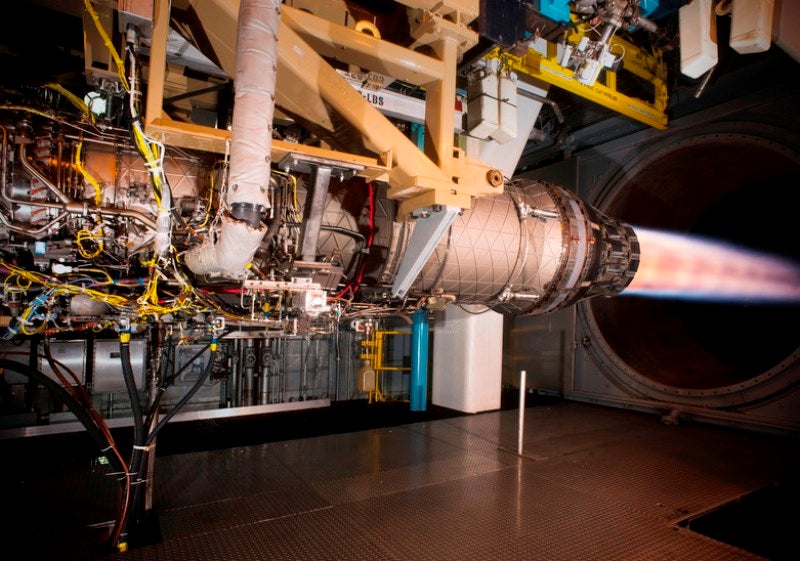
National Aerospace Solutions has developed a single master schedule Integrated Scheduling System (ISS), a set of databases designed for the US Air Force (USAF).
The ISS serves different project management needs by collecting data for test, repair and investment, and maintenance projects.
It uses this information to ‘predict and manage project performance’.
Currently operational at Arnold Air Force Base, the system has been designed to help address resource unavailability in testing schedules that in turn impact work and cause delays.
National Aerospace Solutions Integrated Resources director Kevin Chalmers said: “Better planning and scheduling will optimise our testing capability.
“We’ll be able to do more. It’s all about when we hear that whir from the Propulsion Wind Tunnel facility. That’s a great sound. When you hear Sea Level Test Cell SL-3, the engines being throttled and pulled back, that’s a good sound. We want to hear those noises more often than silence. We can optimise the testing, have more air-on hours, with better planning and scheduling.”
How well do you really know your competitors?
Access the most comprehensive Company Profiles on the market, powered by GlobalData. Save hours of research. Gain competitive edge.

Thank you!
Your download email will arrive shortly
Not ready to buy yet? Download a free sample
We are confident about the unique quality of our Company Profiles. However, we want you to make the most beneficial decision for your business, so we offer a free sample that you can download by submitting the below form
By GlobalDataIt will be used by technical operations and sustainment (TOS) contract employees, US Department of Defense civilians and airforce teams at the base.
The system is also partly used at Arnold Engineering Development Complex (AEDC) Hypervelocity Wind Tunnel 9 in White Oak, Maryland, and the National Full-Scale Aerodynamics Complex in Mountain View, California.
ISS forms part of a proposal by National Aerospace Solutions for the TOS contract with AEDC.
Lieutenant colonel Charles Harding is responsible for ISS test and integration. It will operate under the leadership of AEDC Test Operations Division Chief colonel Keith Roessig.
Harding said: “Although the ISS can help identify problems early on, it is only as good as what is put in it and is not a substitute for good project management, nor is it a crystal ball if things are not put in it at all.
“In the end, the ISS is our effort to improve how we test at AEDC with the ultimate goal of improving our warfighters’ lethality and being better stewards of the taxpayers’ money.”






